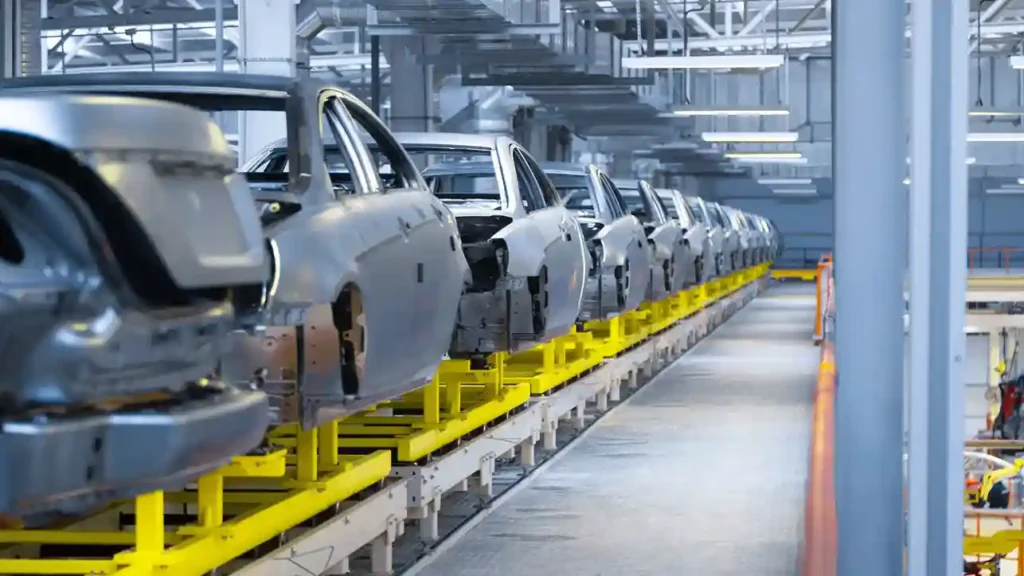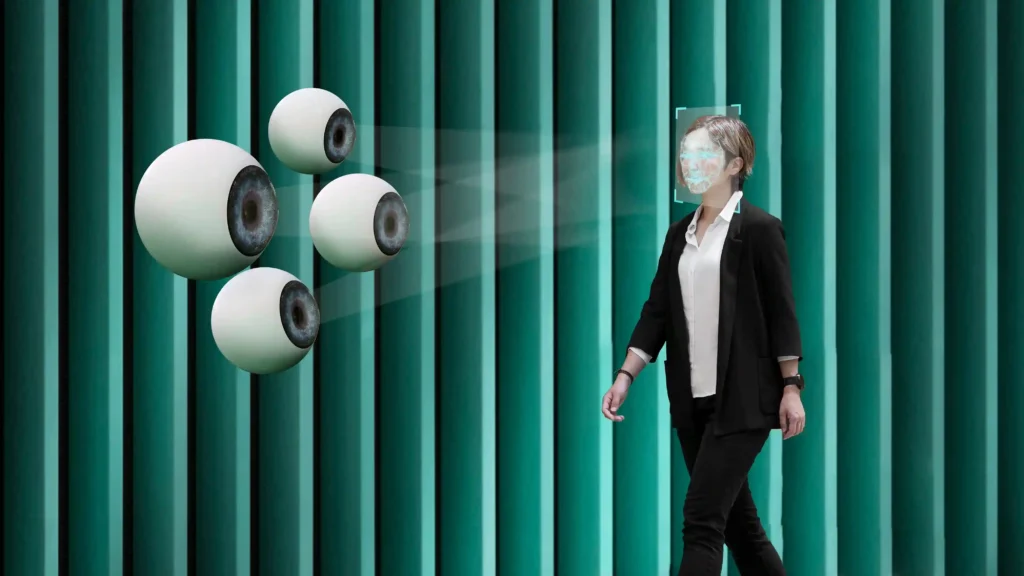When Footfall Becomes Insight: Video Analytics for Smarter Retail & Caring Healthcare
Introduction Ever wondered how much value lies in a simple step? Footfall isn’t just about counting people walking through a door—it’s about understanding their behaviors, preferences, and needs. Video analytics has transformed this basic metric into a powerful tool, helping businesses make smarter decisions and even enabling healthcare providers to deliver more compassionate and efficient care. The beauty of video analytics lies in its ability to convert movements into meaningful data. Instead of random observations, managers and medical teams can now access clear patterns, actionable insights, and predictive intelligence. Whether it’s tracking customer interests or patient safety, the technology bridges the gap between numbers and emotions. This shift signals a new era where industries no longer guess what people want or need—they know, thanks to intelligent systems interpreting footfall in real time. Understanding Video Analytics Definition and Core Components Video analytics is the process of using advanced algorithms to analyze video feeds and extract useful information. At its core, it identifies patterns, movements, and behaviors that may otherwise go unnoticed by human eyes. Instead of passively recording footage, cameras actively contribute to decision-making. The main components of video analytics include cameras, software, AI algorithms, and reporting dashboards. Together, they detect anomalies, count visitors, track dwell time, and deliver insights that fuel both operational efficiency and customer or patient satisfaction. With these building blocks, video analytics transforms traditional surveillance into an intelligent system that informs strategy and drives outcomes. How AI and Machine Learning Power Video Analytics Artificial Intelligence (AI) and machine learning (ML) sit at the heart of video analytics. They empower systems to not only recognize patterns but also continuously improve accuracy over time. For example, AI learns to differentiate between a customer browsing shelves and an employee restocking items. Machine learning enables predictive capabilities. Instead of only showing what happened, these systems forecast what is likely to happen next—be it predicting peak shopping hours or anticipating increased patient arrivals in hospitals. This continuous learning ensures businesses and healthcare providers always stay one step ahead, making better decisions with less guesswork. From Counting People to Understanding Behaviors Evolution from Traditional Counters Traditional footfall counters were mechanical or sensor-based devices that merely tallied numbers. While useful, they provided little context about visitor behavior. Businesses were left guessing why people came, how long they stayed, or what influenced their choices. Video analytics changed that by capturing detailed insights. It can reveal where visitors go first, how long they stay in specific zones, and even whether they leave satisfied or frustrated. This evolution has turned footfall counting into a strategic advantage, helping both retailers and healthcare providers move from numbers to narratives. Real-Time Behavior Tracking One of the biggest advantages of modern video analytics is real-time tracking. Retailers can immediately identify congested areas, while hospitals can detect waiting room overcrowding and adjust resources accordingly. For businesses, this means seizing opportunities instantly. For healthcare providers, it means responding to urgent patient needs before issues escalate. Real-time insights transform operations from reactive to proactive, ensuring customer satisfaction and patient care remain top priorities. Video Analytics in Retail Optimizing Store Layouts Retail success heavily depends on how products are displayed and how customers move around the store. Video analytics tracks these movement patterns and helps retailers redesign layouts for maximum impact. For example, if data shows that customers rarely reach a certain aisle, managers can relocate high-demand items to encourage traffic. This not only increases visibility but also boosts sales potential. By aligning store layouts with customer behavior, retailers create smoother shopping experiences and maximize profit opportunities. Heatmaps and Product Placement Heatmaps generated by video analytics highlight the most visited areas in a store. They provide visual clarity on where customers spend most of their time, helping managers make informed product placement decisions. By placing promotional or high-margin items in “hot zones,” retailers ensure greater exposure and higher chances of purchase. Heatmaps essentially turn shopping behavior into a roadmap for sales success. This approach replaces intuition with precision, allowing businesses to optimize every square foot of retail space. Queue Management and Customer Experience Few things frustrate shoppers more than long queues. Video analytics detects when lines are getting too long and alerts staff to open additional counters. This reduces waiting time and prevents customer dropouts. Smooth checkouts improve customer satisfaction, making shoppers more likely to return. In retail, convenience often determines loyalty. Queue management systems backed by video insights ensure customers leave the store with smiles, not stress. Boosting Sales with Predictive Insights Beyond observation, video analytics predicts future shopping trends. By analyzing patterns like purchase frequency or seasonal surges, retailers can plan promotions and inventory accordingly. Predictive insights also enable targeted marketing. Stores can promote relevant products based on real-time shopping behaviors, increasing conversion rates. This proactive approach ensures retailers don’t just react to demand—they shape it. Video Analytics in Healthcare Patient Flow Monitoring Hospitals often struggle with patient bottlenecks in waiting areas. Video analytics monitors patient flow and identifies where delays occur. This allows administrators to allocate resources more effectively, reduce waiting times, and improve service delivery. Patients feel more valued when care is timely and efficient. Efficient patient flow also enhances hospital reputation, making it the provider of choice in competitive healthcare markets. Enhancing Staff Efficiency Healthcare staff are often stretched thin, balancing multiple priorities at once. Video analytics identifies high-demand areas, enabling administrators to direct staff where they’re most needed. This ensures quicker response times and better distribution of workload, ultimately improving patient outcomes. By minimizing inefficiencies, hospitals can maximize both staff productivity and patient care quality. Safety and Fall Detection Patient safety is a critical concern, especially in elderly care. Advanced video analytics systems can detect sudden falls and immediately alert medical staff. This rapid response minimizes risks of severe injury and reassures families that their loved ones are in safe hands. Beyond falls, systems can also monitor unusual activity, preventing potential accidents before they happen. Improving Patient Care Experiences Patient satisfaction is not just about treatment—it’s also about
When Footfall Becomes Insight: Video Analytics for Smarter Retail & Caring Healthcare Read More »








